Written by: Michele Collet
via Environmental Graffiti
Set up as a top-secret biological and chemical weapons facility during the Second Sino-Japanese War and World War Two, Unit 731 has been referred to as the Asian Auschwitz. Through the practice of lethal human experimentation, the unit is thought to have been responsible for the death of up to 200,000 civilians and military personnel – the vast majority Chinese and Korean nationals, but also South East Asians, Pacific Islanders and Allied POWs. In the sprawling six kilometer-square complex in the city of Harbin (now part of Northeast China) those behind the sickening ‘research’ developed some of the most cruel and sadistic experiments ever to be conducted on human victims. These included vivisection, amputations, germ warfare tests, explosive weapons testing, and much more.
Sheldon H. Harris, one of the foremost historians on Unit 731, explained in a History Channel documentary how the people tortured and killed were treated as objects: “These scientists had a weird sense of humor,” Harris revealed. “They referred to their victims as “matures”, which, loosely translated, is logs, and that’s how they thought about them, as pieces of wood, not as humans. They could cut them up; they could burn them in a fireplace… If they ran short of candidates, the secret police would just literally sweep the streets of the city and pick up enough candidates for the lab.”

Full article and documentary after the jump…
Many horrific experiments were enacted on these pieces of living timber under the direction of Shiro Ishii, the unit’s commander. The experiments sound like they could easily have come from the mind Josef Mengele, the Nazi doctor also known as the Angel of Death, infamous for his sick and twisted human experiments on prisoners held in Auschwitz.
One of the medical researchers involved with Unit 731 explained how vivisection was performed on people: “I was ordered to wash that person’s body with a deck brush before he or she was taken into the dissection room naked by a member of the special team,” he recalled. “The first time, I trembled. One team member was listening to the heartbeat with a stethoscope. One was standing holding a knife. The moment the stethoscope was removed from the ear, a knife went into the body. I did not know, but according to doctors, this timing was very important, because if the timing was wrong, we could get blood all over us, and then we could get infected.”
Some of the most violent tests were connected with trying to find the best ways of treating Japanese shrapnel injuries sustained during fighting. Prisoners were tied to wooden stakes positioned around a bomb at various distances before the explosive was detonated. Those who survived would have surgery performed on them; the rest went for autopsies. Other prisoners literally became human targets for testing other weaponry such as flamethrowers, not to mention germ-releasing bombs and chemical weapons.
The testing of devices such as bombs on live human beings was just one of the many brutal activities for which Unit 731 is now known. Vivisections were performed on men, women and children – who had been infected with diseases – without the use of anesthetic. Organs were removed from test subjects while they were still alive so that decomposition would not alter the results as was feared might happen.
As suggested, germ warfare was a major concern for the scientists at Unit 731. These men carried out experiments on prisoners using a range of diseases. The aim was to find a mode of delivering such pathogens that would cause the most widespread death and devastation, and several were developed – among them the defoliation bacilli bomb and the flea bomb. Fleas carrying the bubonic plague – along with anthrax, typhoid and dysentery germs – were dropped in these bombs, some of which were designed with porcelain shells (apparently a brainchild of Shiro Ishii himself).
When the bio-weapons attacks were launched, the infected items were released from planes to fall on areas of China not occupied by Japan, where they contaminated agriculture and water supplies. What’s more, the diseases were actually administered to children in villages by way of deadly poisoned candies. In testing the effects of their work, scientists wearing hazmat suits would inspect the dying victims.
Sheldon H. Harris has talked further about the scientists’ use of human settlements outside of Unit 731: “They not only worked on humans in laboratories,” he revealed. “When they developed what they believed were prototypes or weapons of the future, they field tested them on cities and villages throughout China. Hundreds of thousands of people were affected by these tests. Many tens of thousands were killed in these field tests.”
There was no shortage of test subjects – whether outside or inside the confines of the complex. Shoichi Matsumoto, a Unit 731 bomber pilot, said: “There were always 2,000 or 3,000 logs [people] prepared. There were two burning places and there were always burning dead bodies.”
Prisoners were also infected with STDs such as gonorrhea and syphilis to see how the diseases spread in the body without treatment. Meanwhile, fleas needed for the bio-attacks involving the bubonic plague were bred by the container-full, as were chemicals and other biological agents.
While, as mentioned, some infected prisoners were sliced open to have invasive surgery performed on them while they were still living, others had their limbs severed to study blood loss – also while still alive. Researchers at the unit are furthermore known to have re-attached amputated arms and legs to victims’ bodies, and to have frozen and thawed some limbs so that they could study the effects of the rot and gangrene that set in.
Discussing some of the methods used inside the unit, Sheldon H. Harris has said: “They had refrigerator chambers, and also, in Manchuria [Northeast China], the winters here were very severe, 40 to 50 degrees below zero Fahrenheit, and they would expose prisoners – various parts of their bodies – to these temperatures, freeze them and then try various techniques to literally dehydrate them, to see what was the most effective way of dealing with frostbite, so that that could be used in warfare as well – both to protect Japanese troops as well as to affect the enemy.”
There were many other fiendish experiments acted out on the thousands of prisoners incarcerated in Unit 731. These included testing chemical weapons on people trapped inside gas chambers; spinning victims in giant centrifuges until they perished; hanging individuals upside down to test their endurance before they choked to death; and injecting air into prisoners’ arteries and horse urine into their kidneys.
All things considered, these experiments rivaled many of those dreamed up by the Nazi doctor, Josef Mengele, in terms of pure evil intent, and yet incredibly many of the scientists implicated were honored for their services to their country.
The brains behind the unit, Shiro Ishii, lived in peace and quiet to the ripe old age of 67, when he died of throat cancer. The United States felt that the research into germ warfare was too valuable to lose and so cut a deal with the Japanese. In 1947, Douglas MacArthur, the General of the US Army, wrote to Washington that “additional data, possibly some statements from Ishii probably can be obtained by informing Japanese involved that information will be retained in intelligence channels and will not be employed as ‘War Crimes’ evidence.”
By granting immunity to Ishii and the other scientists working under him, the US wanted to ensure that no other nation would lay its hands on their research into bio-warfare. However, the Soviets did glean a certain amount of information after prosecuting 12 leaders and scientists from Unit 731 in war crimes trials held in 1949. Those found guilty were sentenced to between two and 25 years in a labor camp, and the Soviets built a biological weapons facility in Sverdlovsk using the data collected.



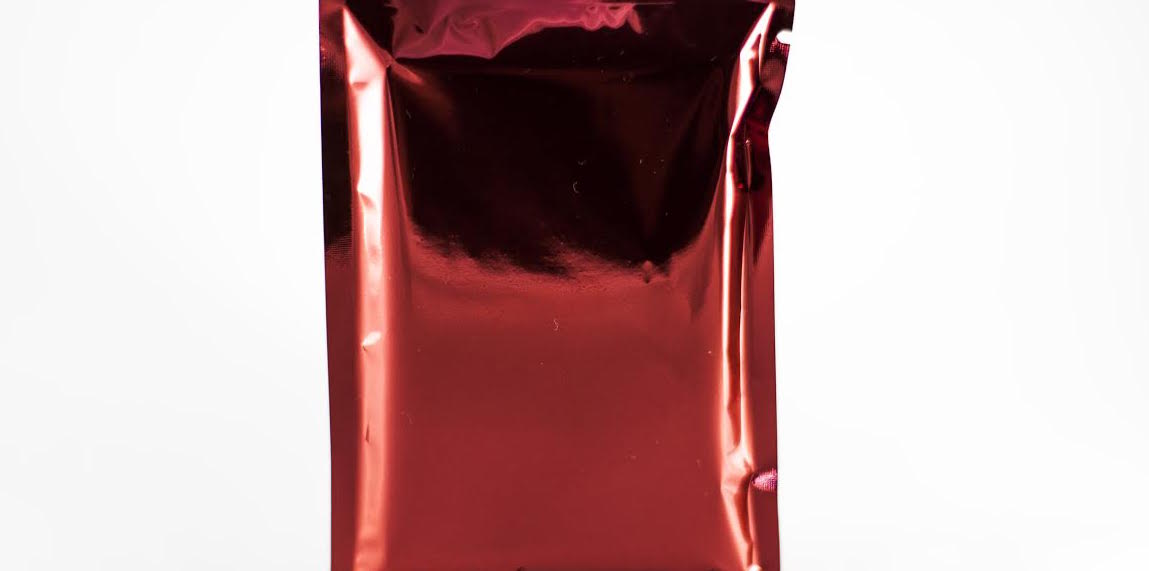
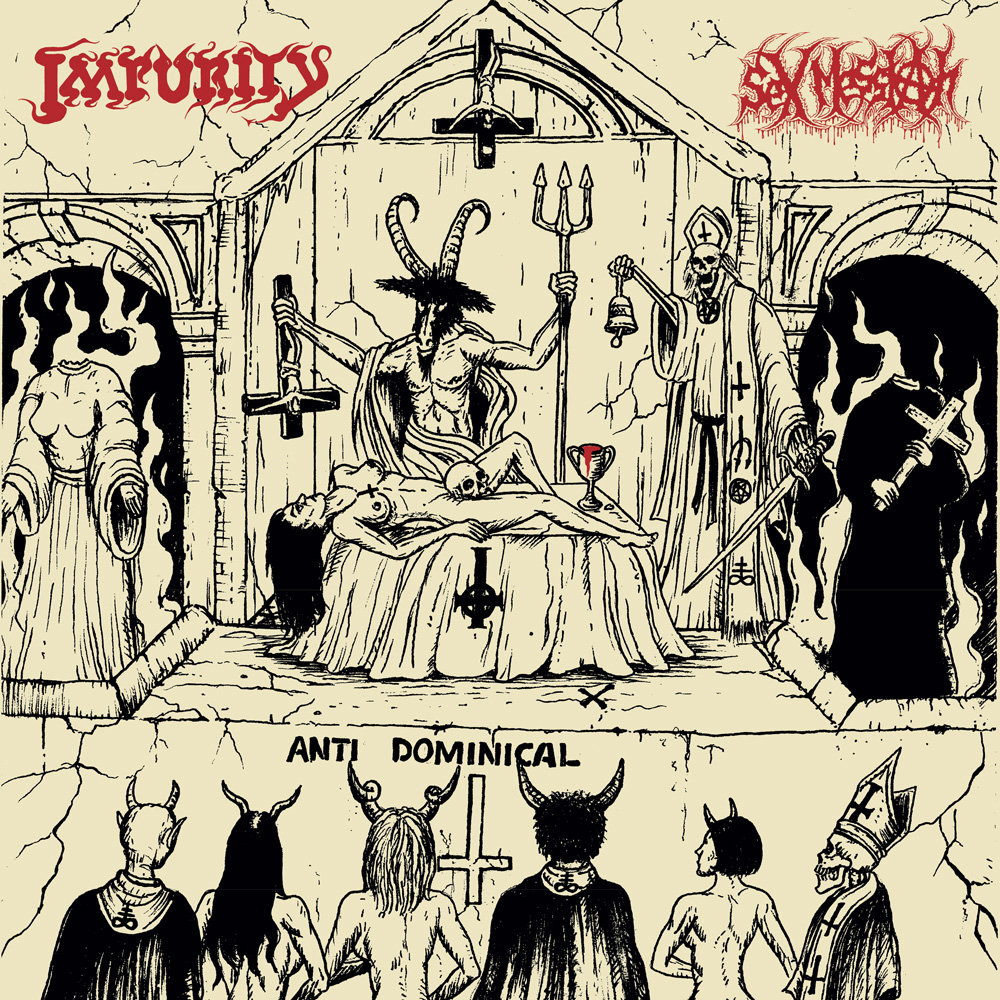

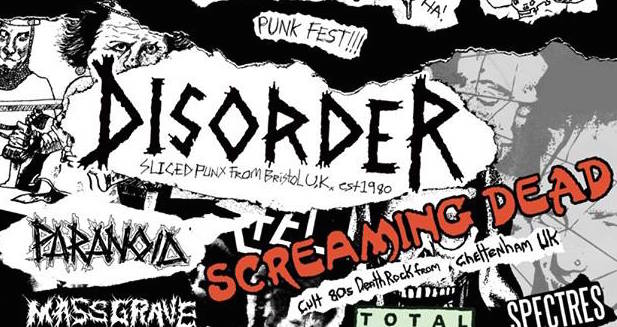

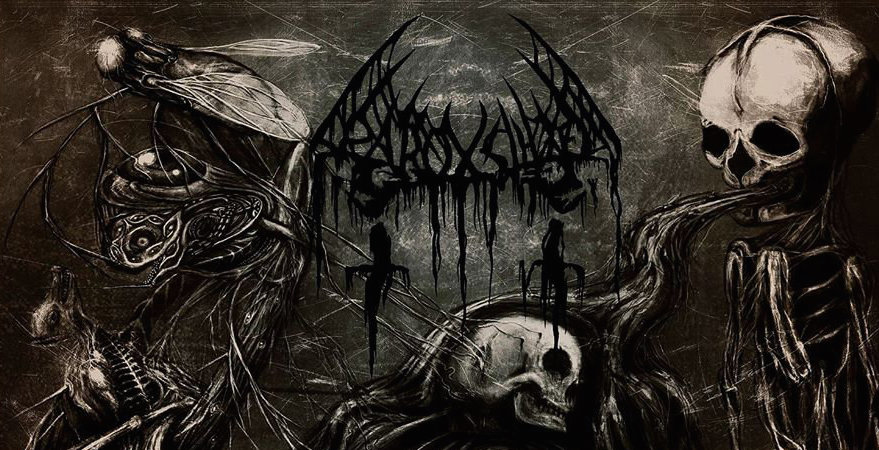
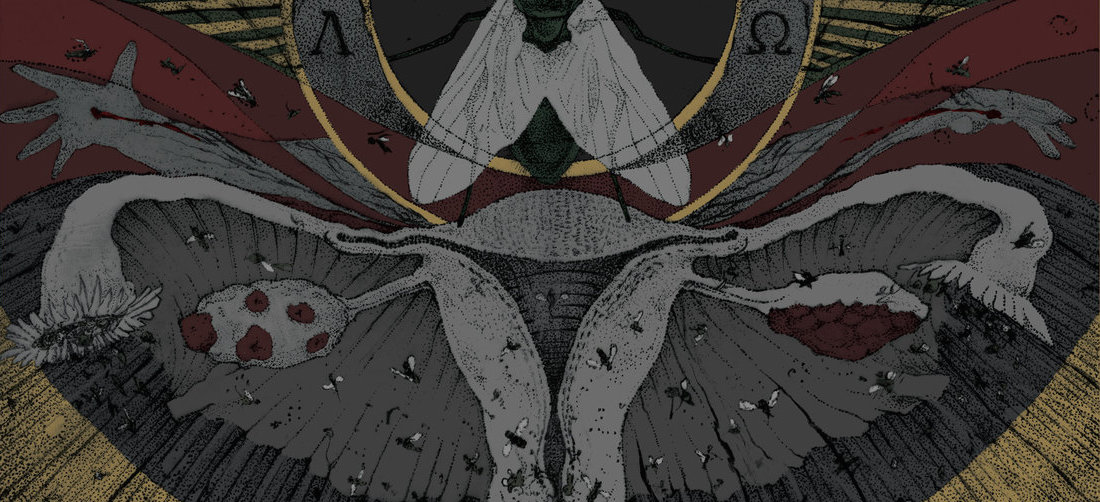
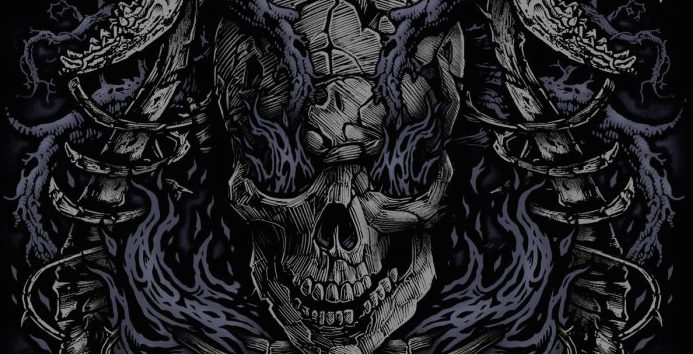
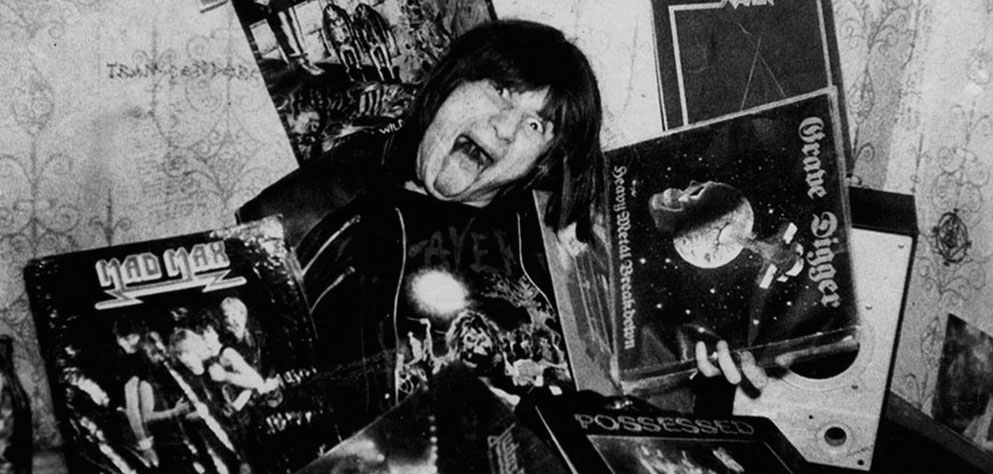

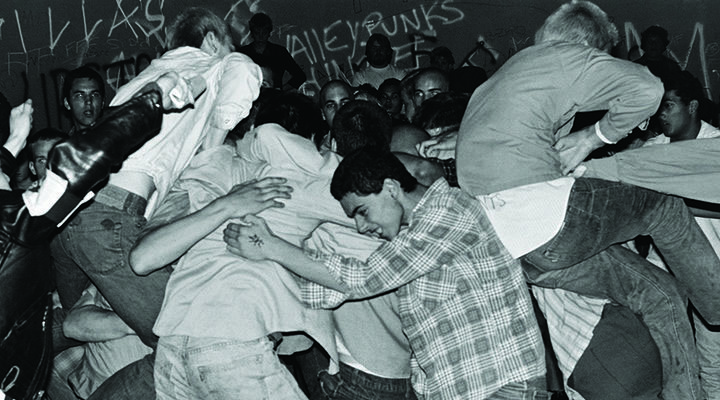


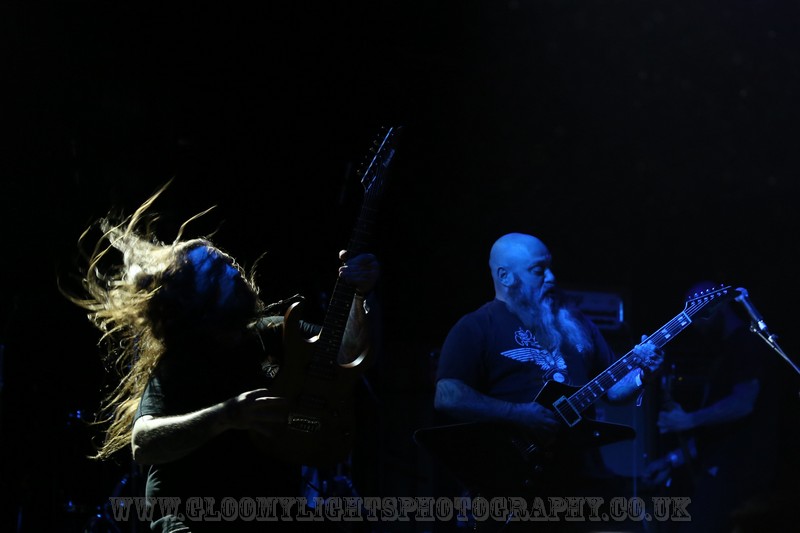


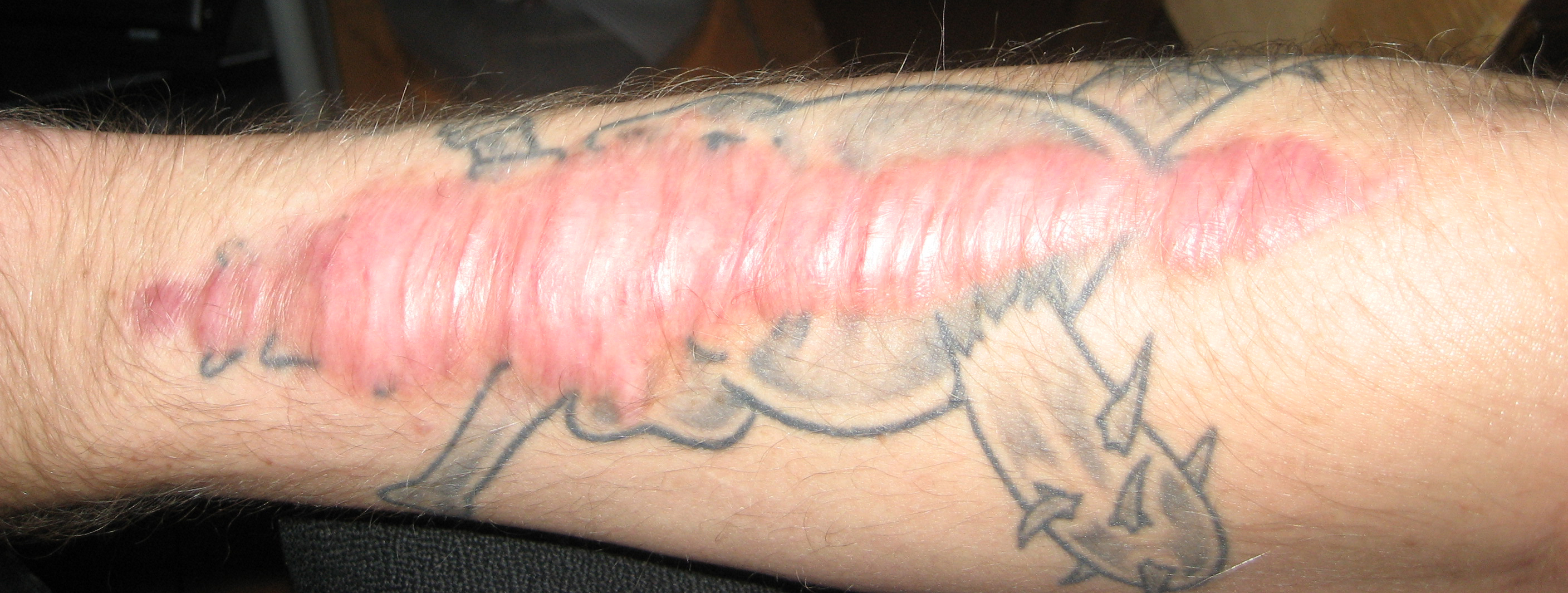
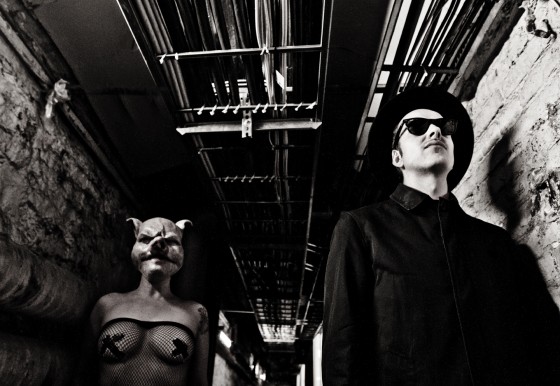
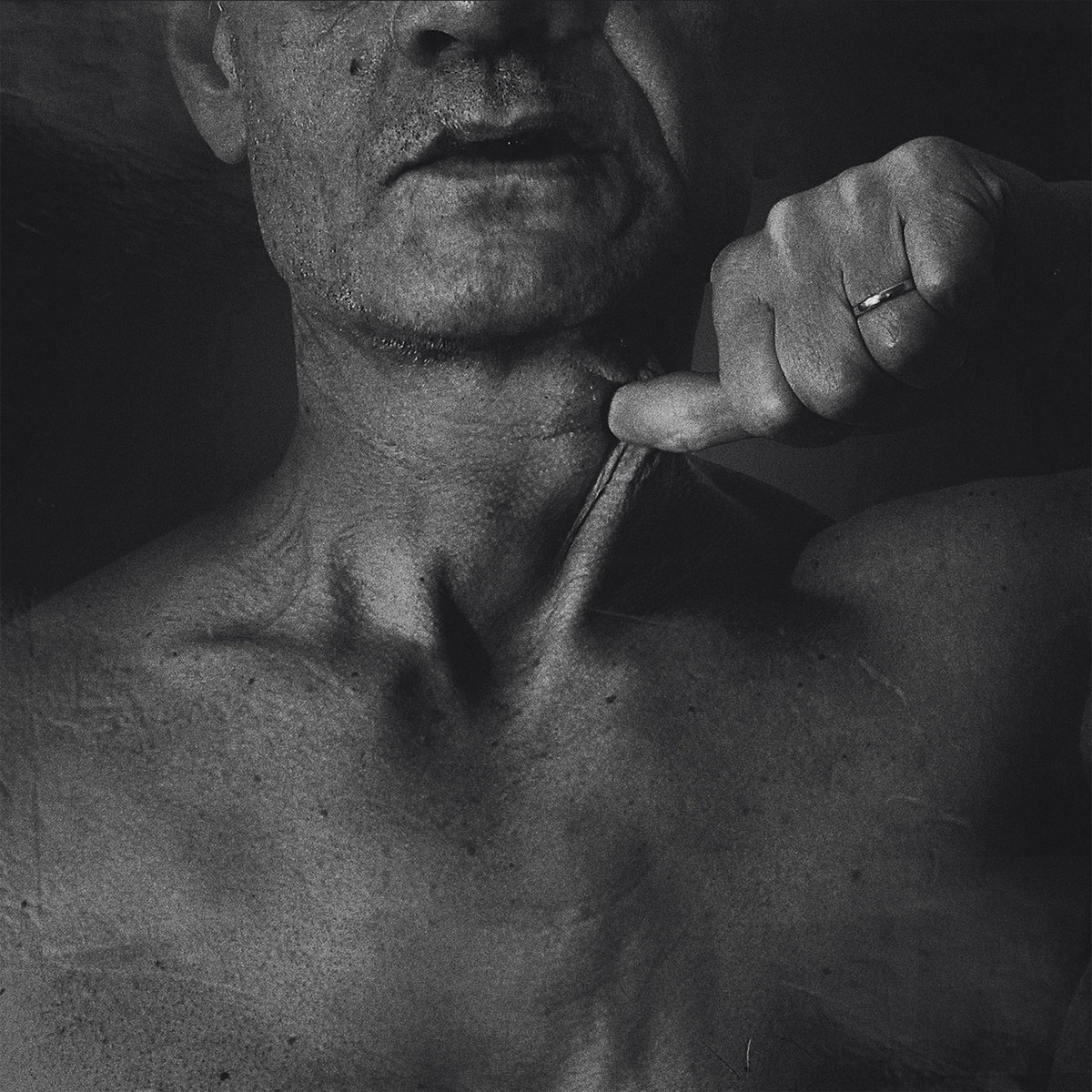

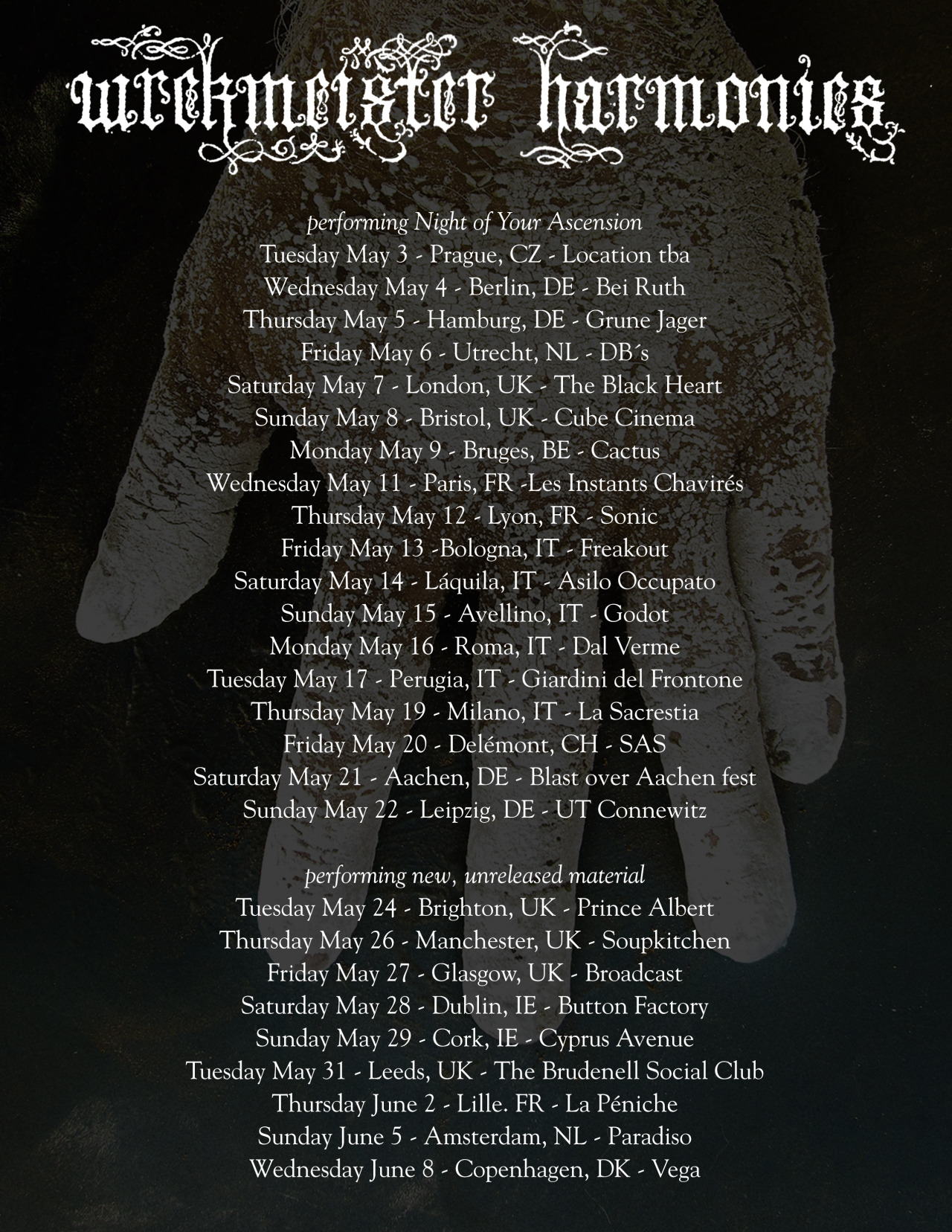
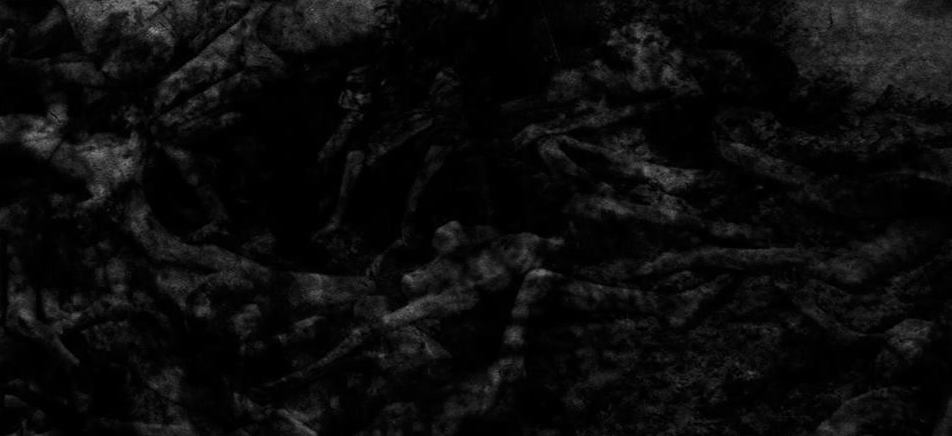




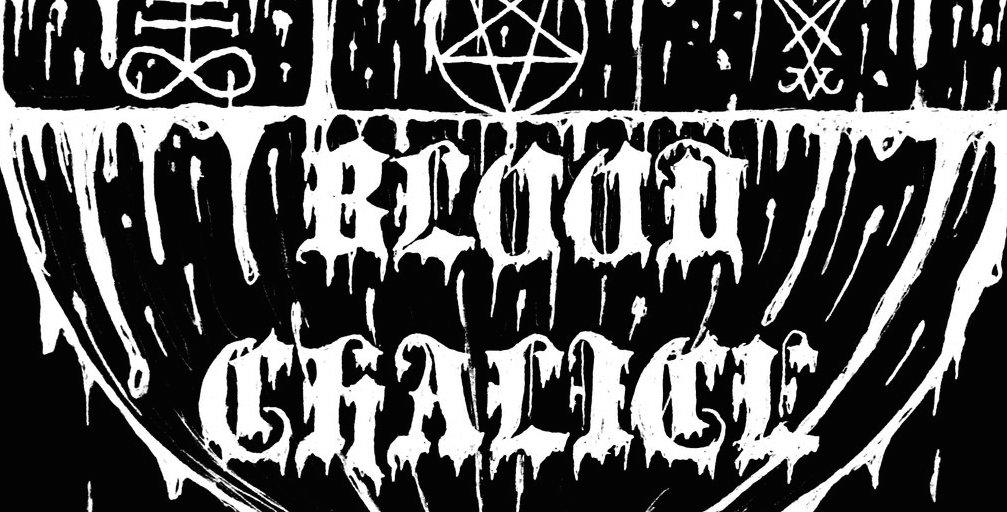
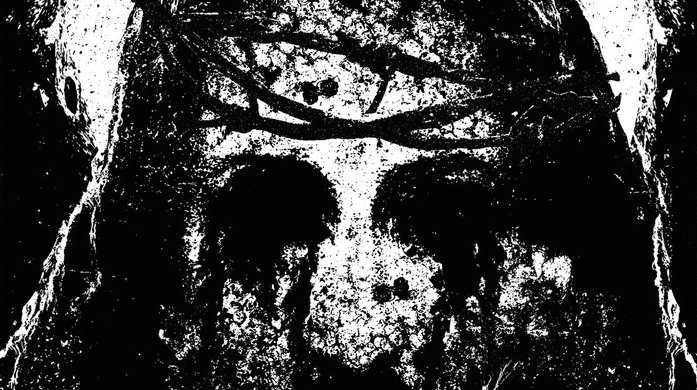




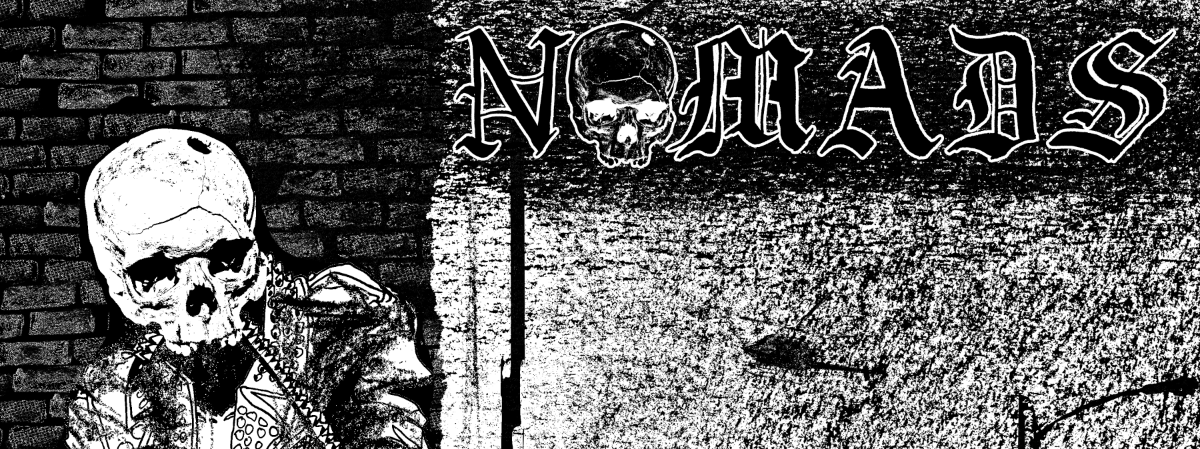
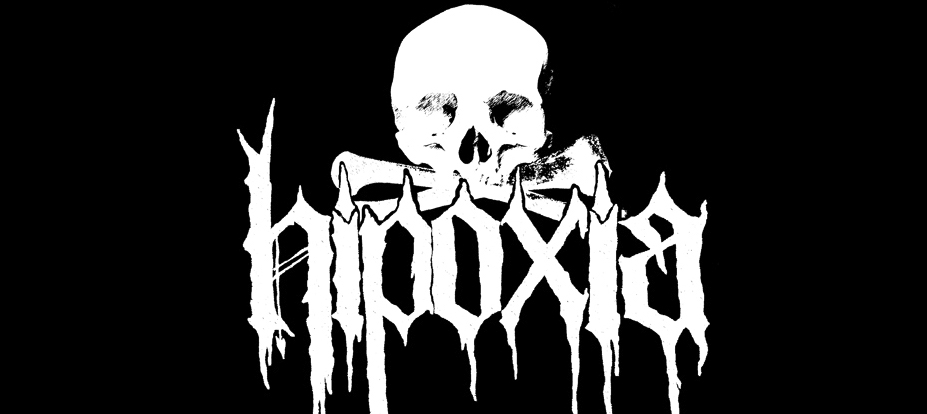

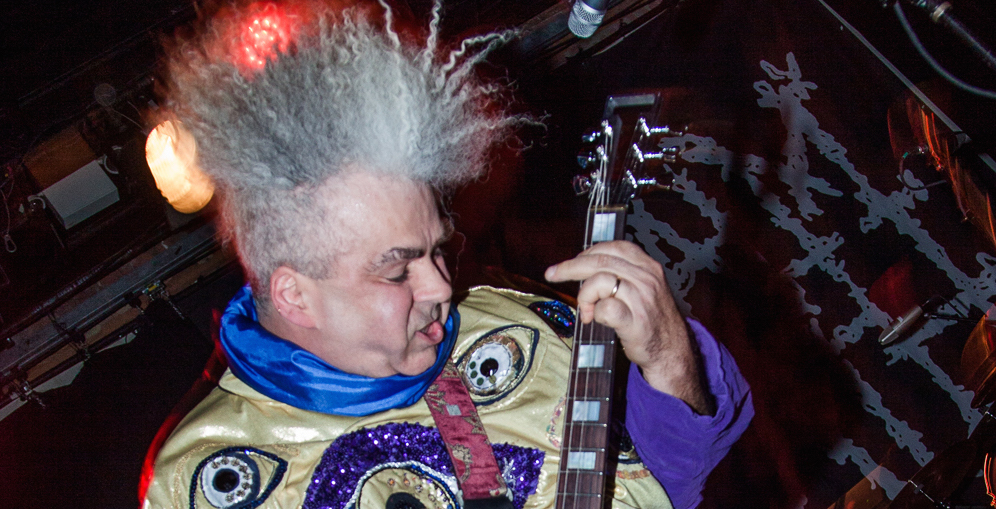

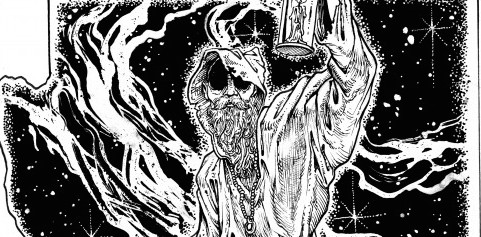
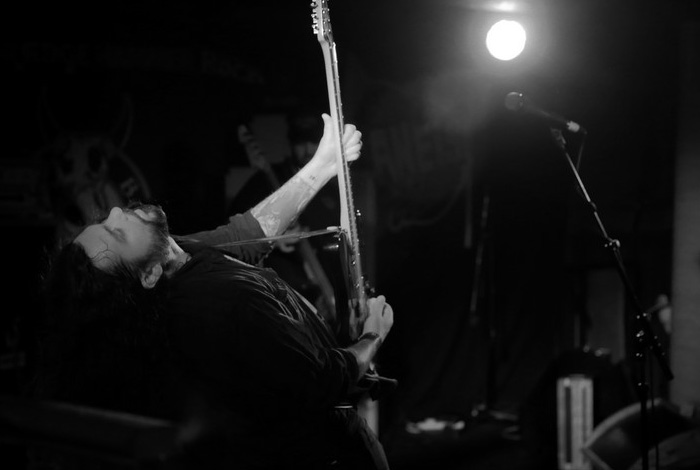
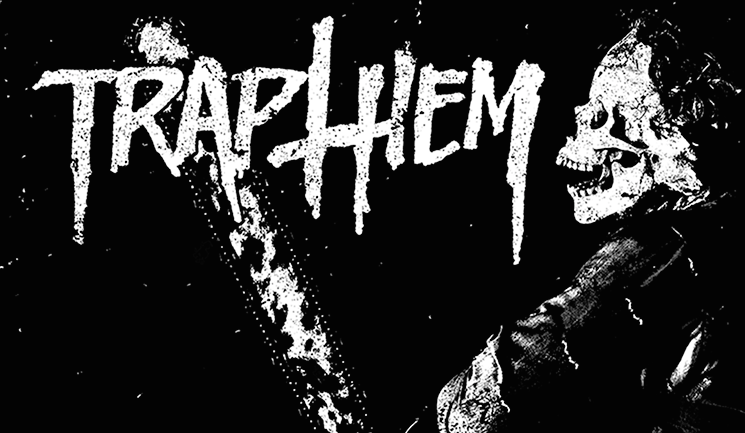



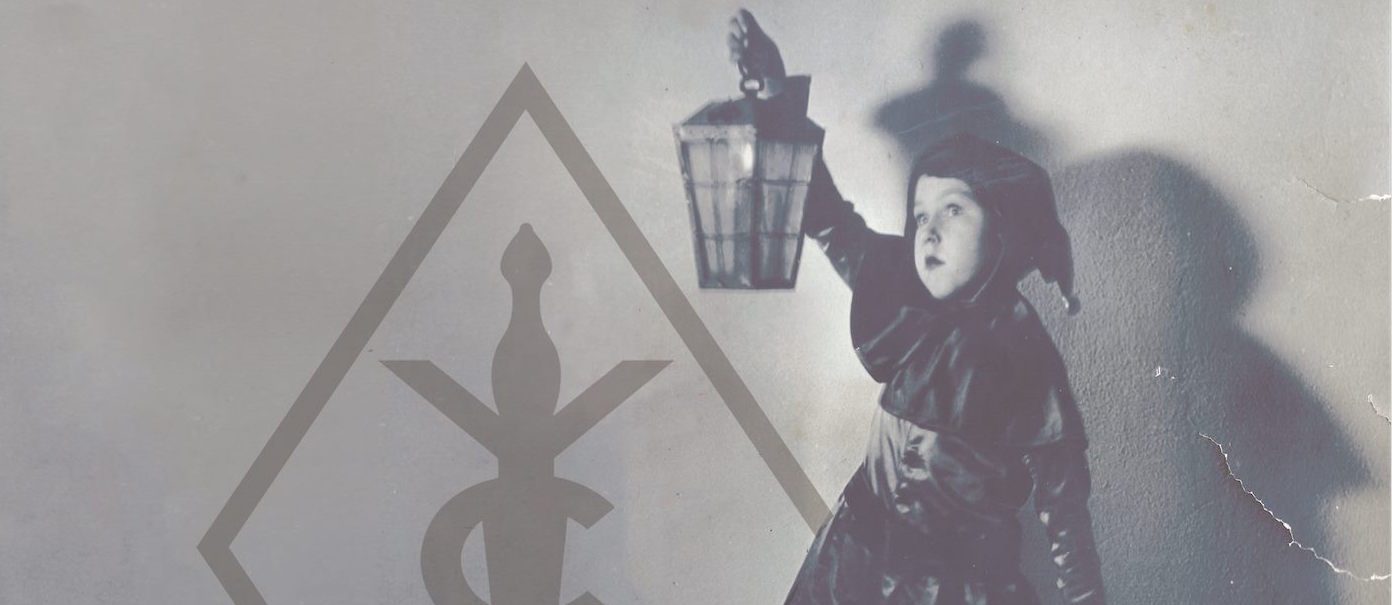



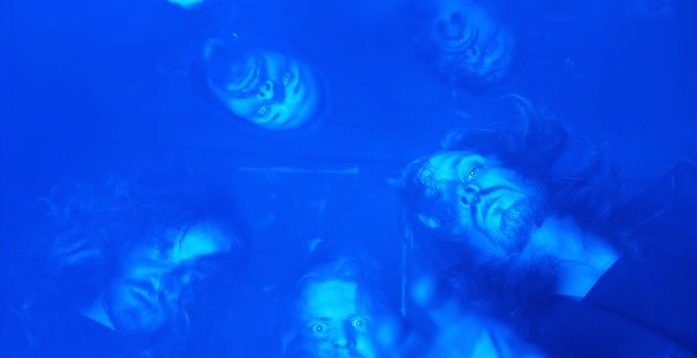
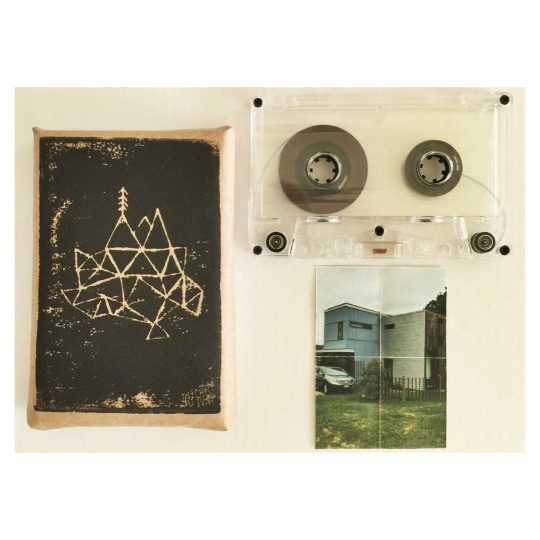

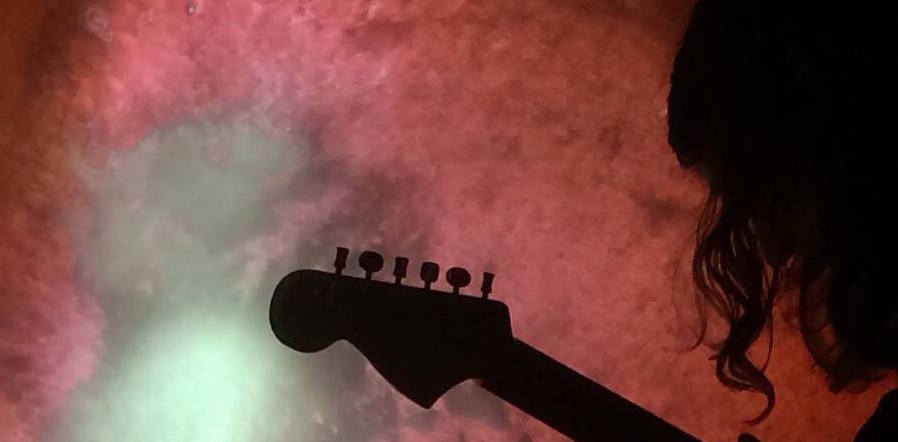


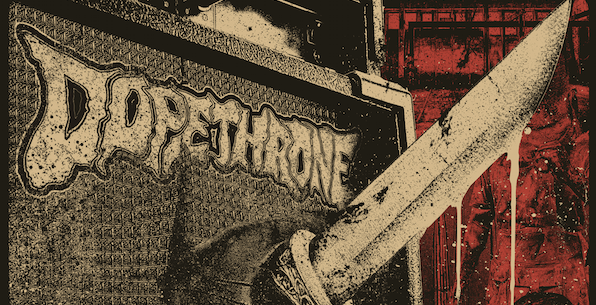


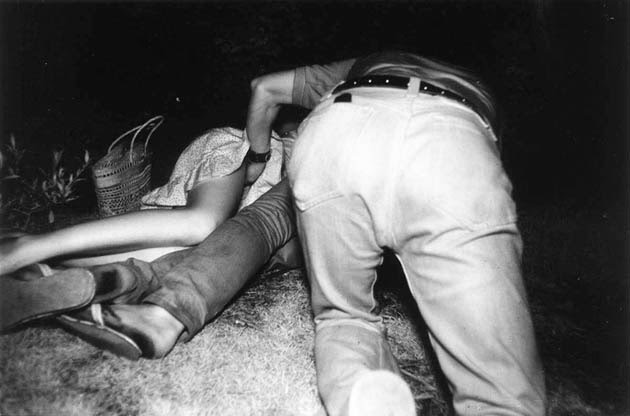


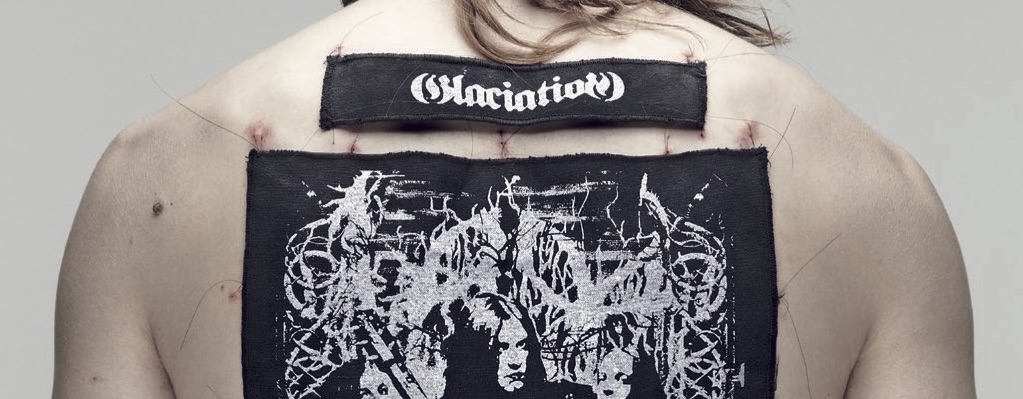

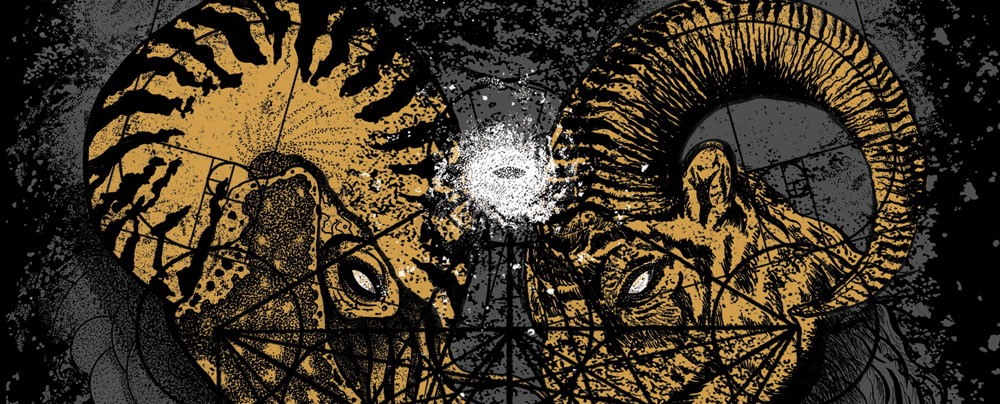

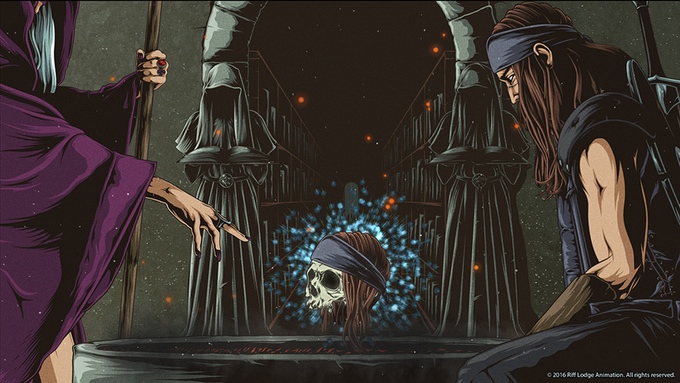
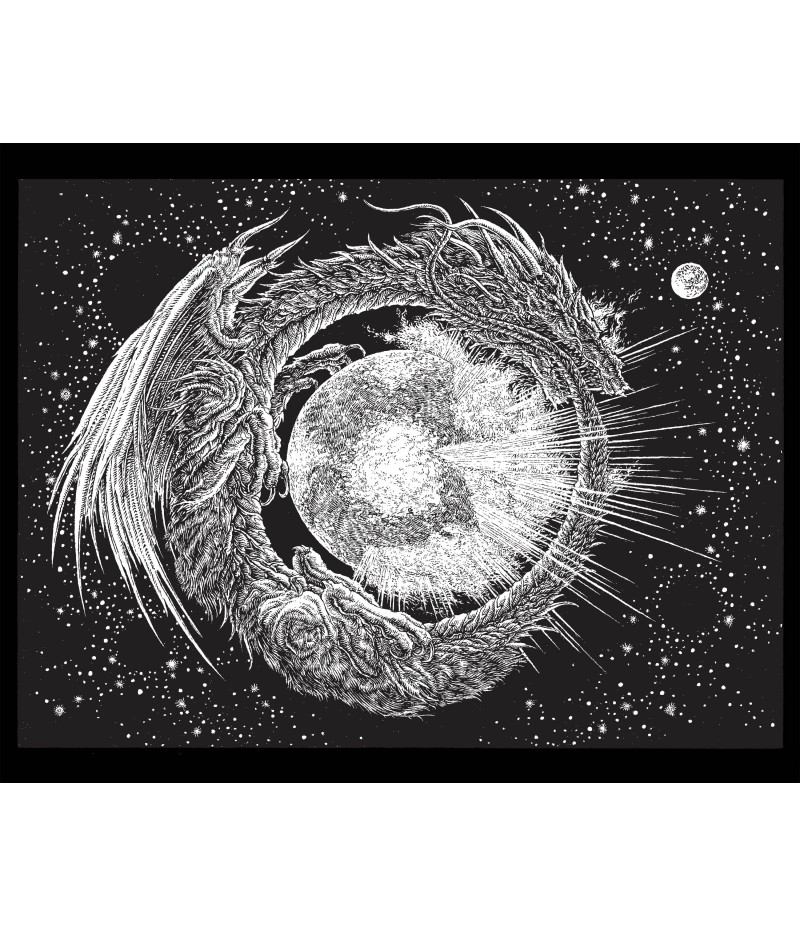
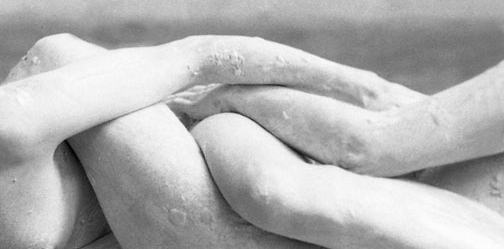

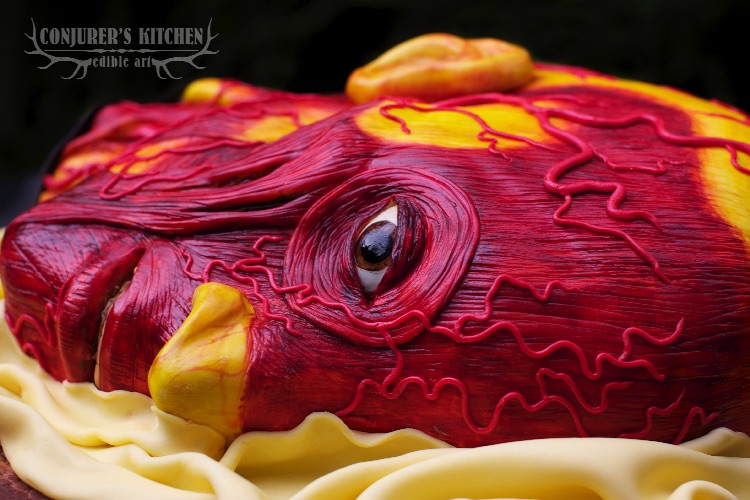
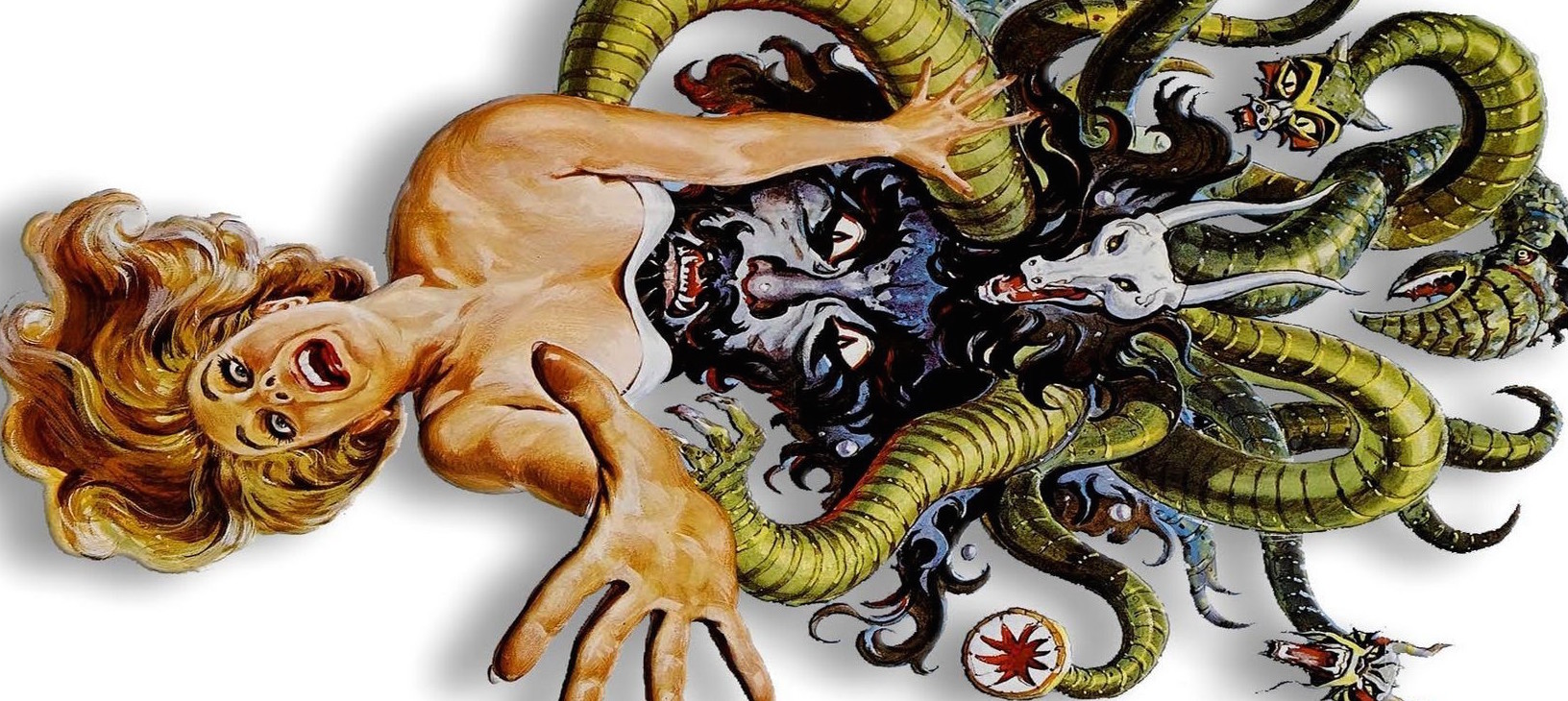

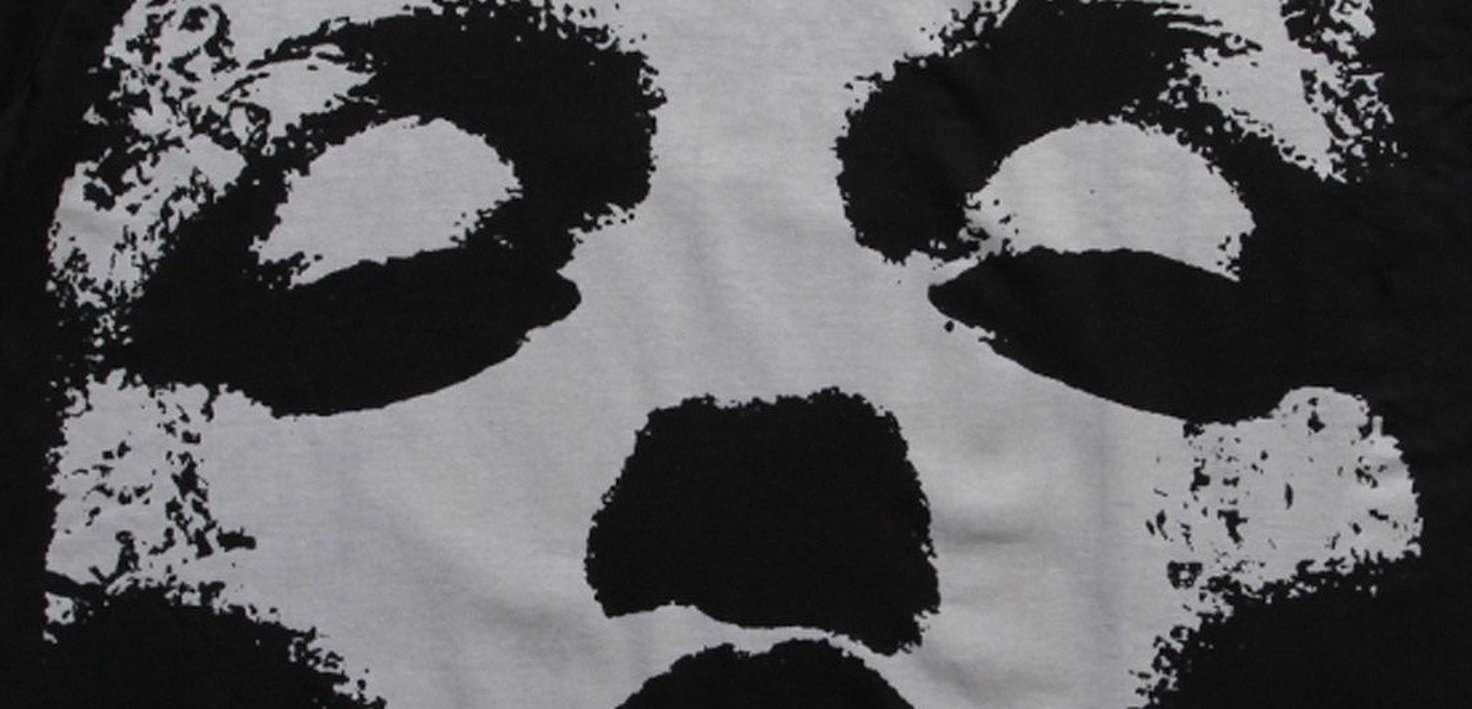
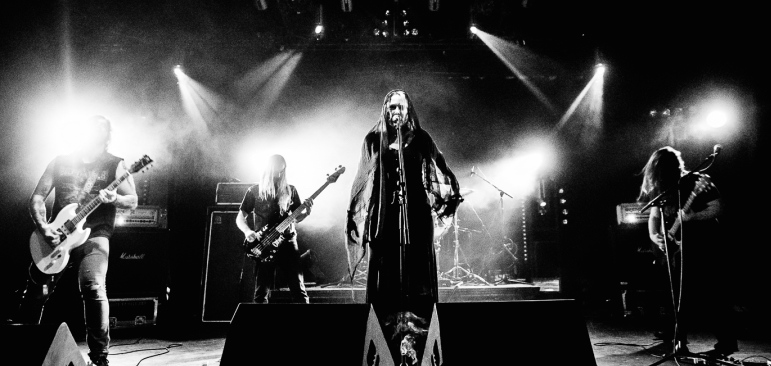

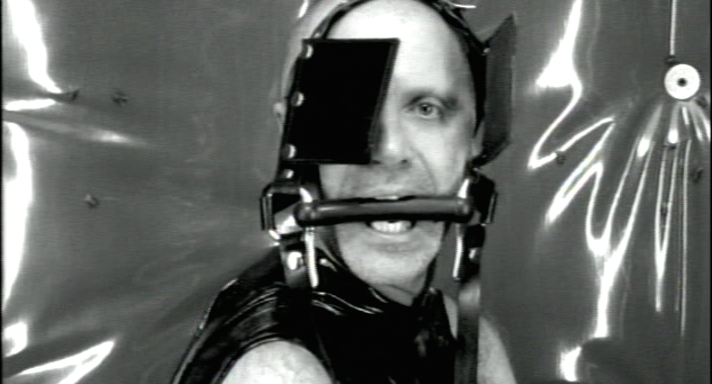

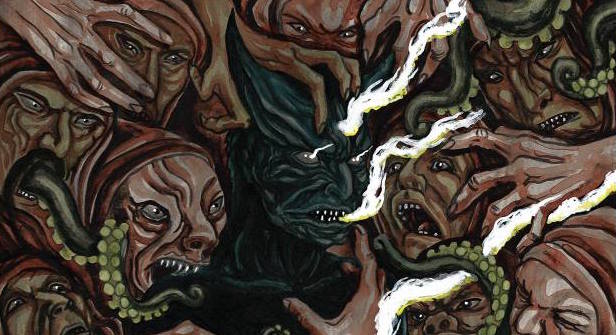

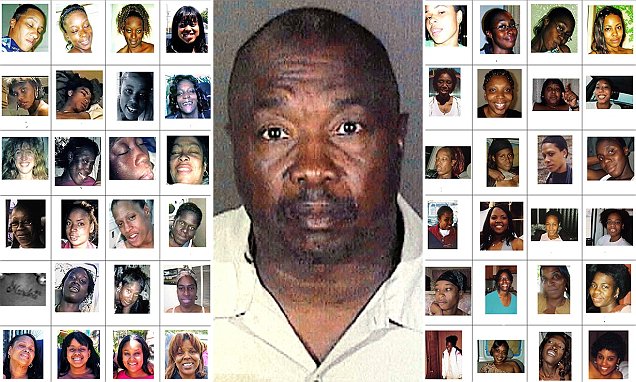




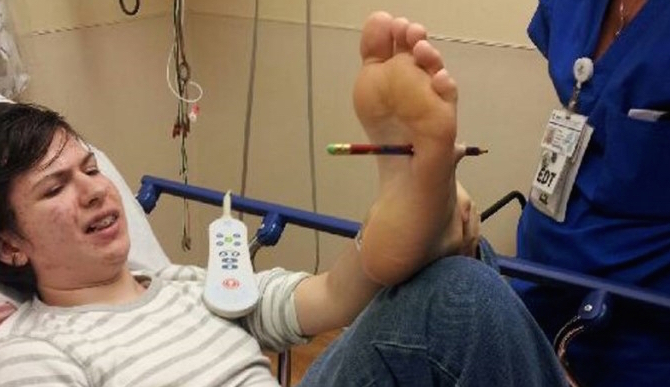

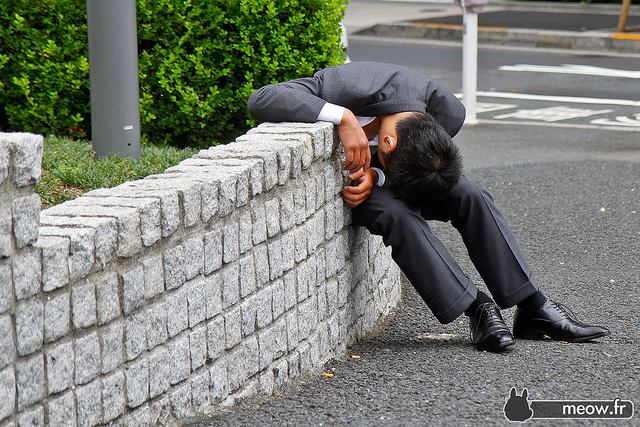



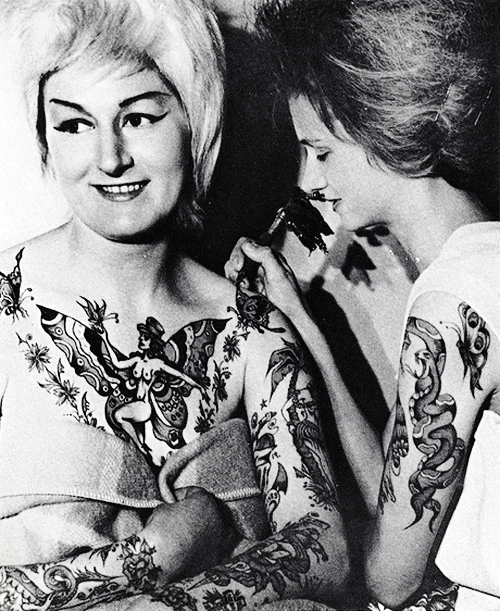







Arthur
August 25, 2012 at 7:19 am
I love how Americans see themselves as the sole John Wayne heroes of WW2. America dropping not 1, but 2 Atomic bombs on innocent women and children in Japan is ok and wholesome . . but ohhhh those japs and nazis are so much more “evil” than USA. haha